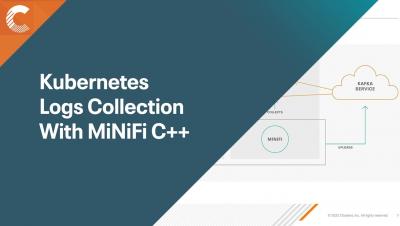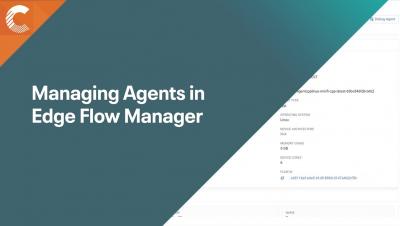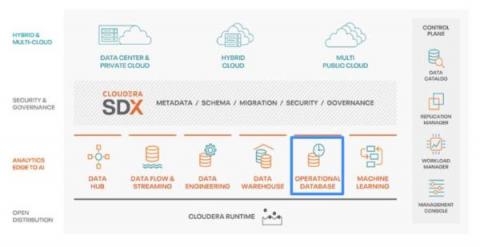Systems | Development | Analytics | API | Testing
Cloudera
The Modern Data Lakehouse: An Architectural Innovation
Imagine having self-service access to all business data, anywhere it may be, and being able to explore it all at once. Imagine quickly answering burning business questions nearly instantly, without waiting for data to be found, shared, and ingested. Imagine independently discovering rich new business insights from both structured and unstructured data working together, without having to beg for data sets to be made available.
Kubernetes Logs Collection with MiNiFi C++
New Practices in Data Governance and Data Fabric for Telecommunications
The management of data assets in multiple clouds is introducing new data governance requirements, and it is both useful and instructive to have a view from the TM Forum to help navigate the changes.
Large Scale Industrialization Key to Open Source Innovation
We are now well into 2022 and the megatrends that drove the last decade in data—The Apache Software Foundation as a primary innovation vehicle for big data, the arrival of cloud computing, and the debut of cheap distributed storage—have now converged and offer clear patterns for competitive advantage for vendors and value for customers.
Modern Data Architecture for Telecommunications
In the wake of the disruption caused by the world’s turbulence over the past few years, the telecommunications industry has come out reasonably unscathed. There remain challenges in workforce management, particularly in call centers, and order backlogs for fiber broadband and other physical infrastructure are being worked through. But digital transformation programs are accelerating, services innovation around 5G is continuing apace, and results to the stock market have been robust.
Managing agents in Edge Flow Manager
Five Reasons for Migrating HBase Applications to Cloudera Operational Database in the Public Cloud
Apache HBase has long been the database of choice for business-critical applications across industries. This is primarily because HBase provides unmatched scale, performance, and fault-tolerance that few other databases can come close to. Think petabytes of data spread across trillions of rows, ready for consumption in real-time.
Breaking State and Local Data Silos with Modern Data Architectures
Data is the fuel that drives government, enables transparency, and powers citizen services. But while state and local governments seek to improve policies, decision making, and the services constituents rely upon, data silos create accessibility and sharing challenges that hinder public sector agencies from transforming their data into a strategic asset and leveraging it for the common good.
Incremental Strategies to Move Your Data Strategy Forward
Firms are burdened with tech debt and endless regulatory compliance, often leaving innovation last to receive the necessary budgets. Data-fuelled innovation requires a pragmatic strategy. This blog lays out some steps to help you incrementally advance efforts to be a more data-driven, customer-centric organization.






